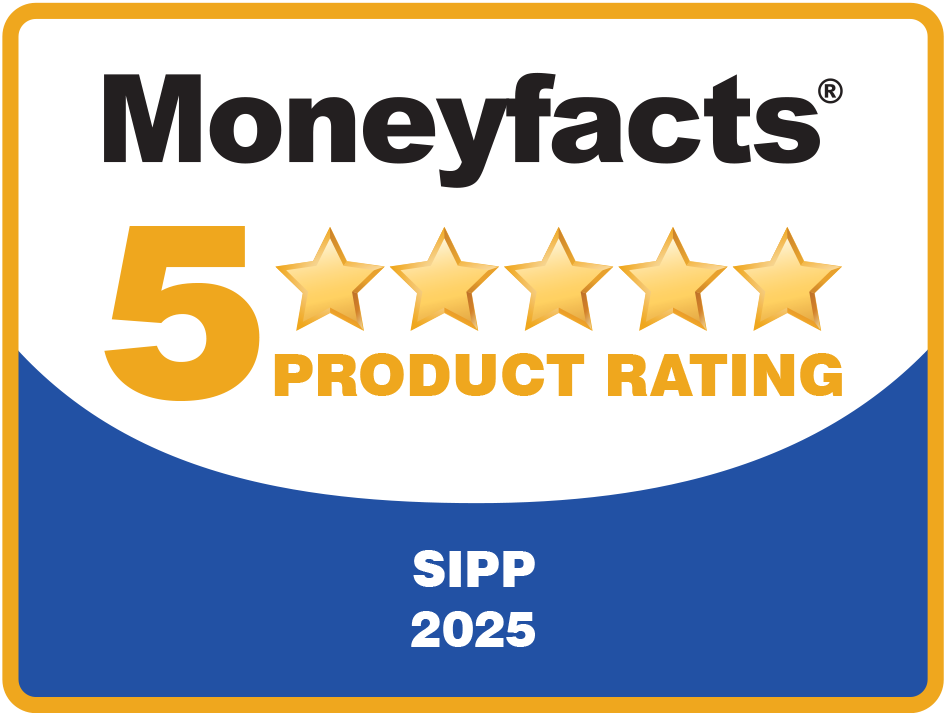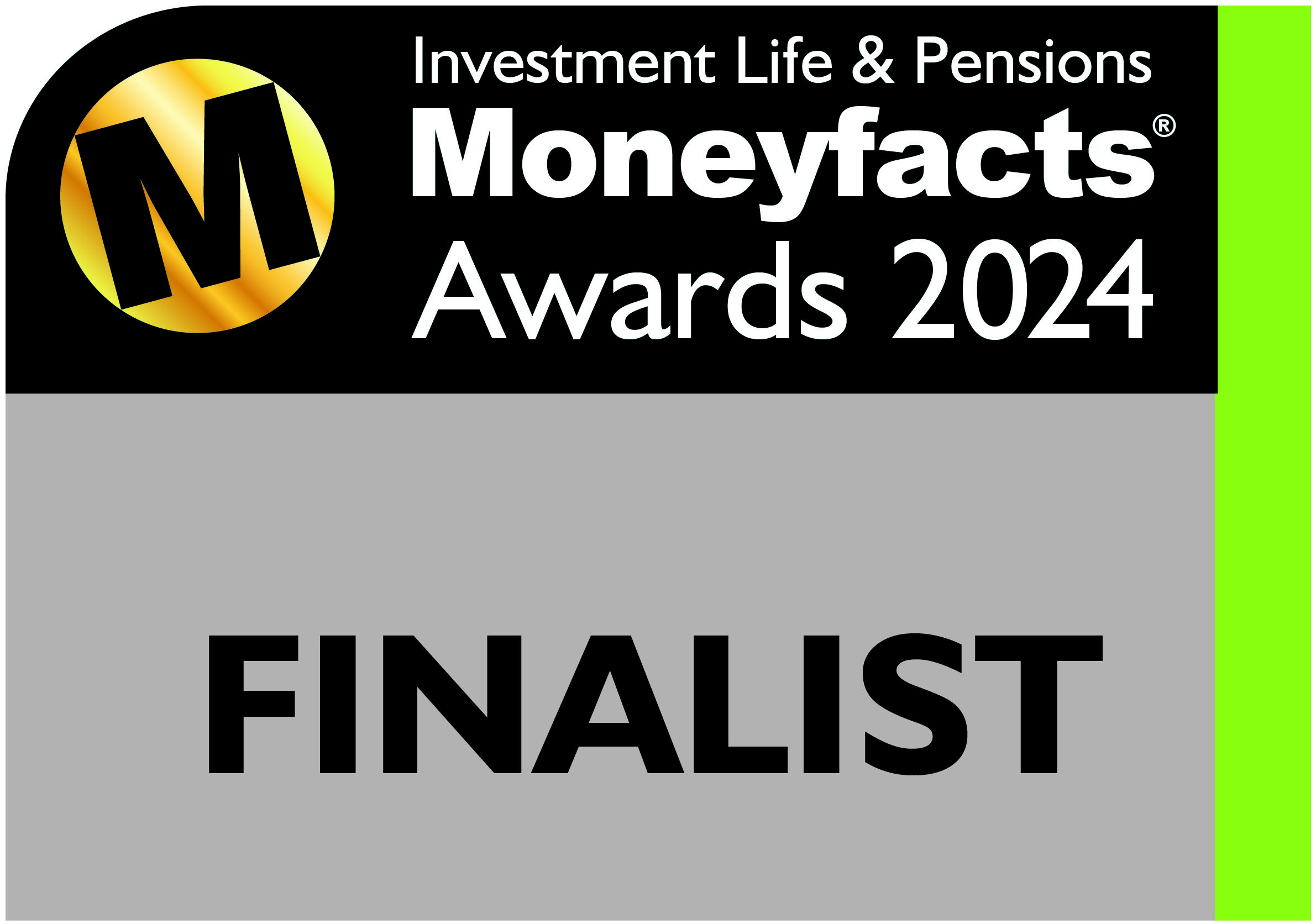Your 10-point in-specie property transfer checklist
Transferring a property from a SIPP or SSAS to another provider can be a big decision. There is no denying it can be a time-consuming and expensive process.
However, as property is a long-term investment for a SIPP or a SSAS, there are times where a transfer will be appropriate for a client.
We have previously looked at some of the factors that initiate a transfer. Given our experience and value in this area, we are often asked to take a look at properties held with other providers.
When a decision has been reached there is still a long way to go to before the property is with your new choice of provider. So, here’s a useful checklist to the steps you should consider – from the moment the decision to transfer is made, to completion.
You can also download the checklist here.
1. Understand the client’s reason for transfer
Sometimes we get phone calls from advisers after they have experienced some frustration with the client’s current provider. While we do not want to turn people away who would like to transfer to IPM, it is important to understand whether the reason for transfer is a short-term difficulty or something more deep-rooted.
The reasons for transfer may be more straightforward where a property is in a SSAS and this is now not the most suitable vehicle for the client going forward.
2. Identify the new provider
Following on from the above, you need to ensure that the reason for a client’s concerns are something that would be alleviated by transferring to another provider. HMRC has guidelines for purchasing properties within a pension which all providers need to follow – for example, residential property held with any pension provider is subject to a tax charge.
However, it is up to each individual provider to interpret these rules within their offering. That means that, while a situation may be causing difficulties with one provider, it may not necessarily be an issue once a transfer has been completed.
For example, while some providers insist that a client uses a specific property manager we allow clients to pick their own, or appoint themselves if they wish.
3. Set the client’s expectations
This will mainly involve points four and five below. In our experience, clients normally get upset during the transfer process when the reality of the process has not been made clear in advance. We recommend that you should prepare clients that a transfer in-specie of property will be expensive and take significant time.
Also, prepare clients to be involved throughout. While we will make every effort to move the transfer along, there may be times that we will need the client’s involvement or we have queries which are more easily answered by the client than the ceding scheme or their solicitors.
Finally, when transferring from a SSAS to a SIPP it is important to explain to clients the differences in the running of the scheme when it comes to a property.
IPM is sole trustee to our SIPP whereas, under a SSAS, clients are co-trustees and therefore may be quite used to carrying out the day-to-day work. While we will normally only act with a client instruction, making this difference clear before the transfer starts will save any future confusion over roles and responsibilities.
4. Costs
The main reason that people are put off by a transfer in-specie is the costs involved. We appreciate that this will not be a cheap transaction. You will need to consider the costs levied by the current provider, the costs of the new provider, solicitors to act for both providers as well as any surveyor’s costs. While the total will vary, we suggest a starting point for all costs of £4,000 + VAT, but this can vary depending on the scenario.
We have one of the most effective charging structures for commercial property SIPPs. Therefore it can be the case that the costs of transfer are offset by the fee savings a client makes from transferring away from their current provider, assuming that the property continues to be held in the SIPP for a few years after the transfer completes.
5. Length of time
If you’ve ever been involved in any sort of property transaction you will know that, at times, progress can be slow. A transfer in-specie of property between SIPPs or SSASs requires a change in legal owner and involves the new provider taking on a new asset and, as such, a new potential liability. Therefore, it will be necessary to instruct solicitors for both providers to act on the transaction.
Given this and the numerous parties involved in the process, prepare your client for a transfer to take the same amount of time as if they were buying or selling any other property.
6. Tenants
Upon transfer, the receiving scheme will usually adopt any existing leases in place on the property, subject to a review from the solicitors. This aims to minimise disruption to the tenants.
One point to note is that it is important that any rent owed to the SIPP is up to date at the point of transfer. We will not undertake a transfer of property where there is a debt to the SIPP in regard to unpaid rent.
7. Set up new SIPP and instruct
We are unable to instruct solicitors on the transfer until such time as the SIPP is established and all our requirements have been met. The sooner this is in order, the sooner we can commence the process.
Note that we will require money in the trustee bank account before we are able to instruct solicitors, usually around £750. It’s therefore important to consider how this can be met. Unless a contribution is being paid into the new SIPP or cash transfers are due in, it may be that the current provider will need to make an early payment to IPM to initiate the process.
8. Valuation
For any property IPM accepts in-specie, a valuation will need to be provided by a RICS surveyor of the client’s choice. Accepting a property in-specie is, in theory, like IPM purchasing a property from the open market. We know nothing about the property in advance and need to be satisfied that IPM is not accepting into the SIPP an asset which could cause issues in the future.
If a valuation has been provided within a reasonable time prior to transfer, it may well be that IPM can use this after receiving assurances from the surveyor. This will help to save on costs.
9. Borrowing or VAT
Neither of these will cause an issue from IPM’s perspective in accepting a transfer in-specie. However, consideration should be given to both points prior to the start of a transfer.
It is unlikely a bank will simply port a mortgage between pension providers (although if they can, then great!). What this means to your client is that there will be a potential early redemption of the existing loan, new terms agreed on the deal, and possibly a new arrangement fee. It is always best to speak to the bank before getting too far into a recommendation to transfer to understand what the options are.
Where a property is VAT-registered, VAT will not usually be due on a transfer of property as long as there is an existing lease in place and that lease continues upon completion. It should also be remembered that we will need to register a SIPP for VAT, which can take several weeks with the VAT office. So, the sooner we can make the application, the sooner we can move forward with the purchase.
IPM is not a VAT expert and we recommend getting specialist advice in this area.
10. Complete!
The key to a smooth transaction is that all parties involved act in a timely and cooperative manner.
We find that delays occur when responses to enquiries are needed or where all involved are waiting for one party to provide outstanding information. Between IPM, the adviser, and the client we can all work together to ensure the transaction is completed in the most timely manner, at which point we are then able to take over the day to day running of the SIPP and property.
Get in touch
We always recommend speaking with us when considering a transfer in-specie of property so we can provide you with assistance based on your client’s specific circumstances.
Please get in touch by email info@ipm-pensions.co.uk or call 01438 747 151.



